Branding: Coordinating My Wardrobe to the HARP Colour Palette
Posted by Dorothy Lander: dorothy@tryhealingarts.ca The talented team at This is Marketing (https://www.thisismarketing.ca/) chose a unique colour palette to illuminate
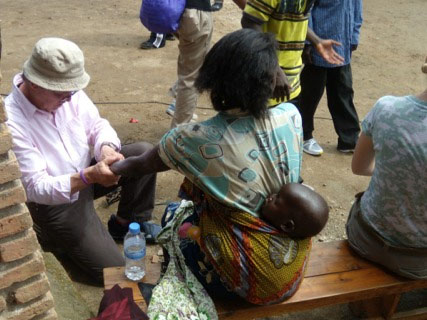
We understand carbon inequality in the abstract for the most part. Yes, we understand that human-induced climate change is driving us to the brink. Yes, we know that we in rural Nova Scotia enjoy “carbon privilege.” We get it that we are sheltered from the climate impacts affecting the majority world both geographically and by the news media. We know that the world’s poorest 3.5 billion people who contribute little to carbon emission are the most affected by climate impacts such as floods, droughts, wildfires, tsunamis and tornadoes. We know that the world’s richest 10% of people were responsible for more than half of the carbon added to the atmosphere between 1990 and 2015. (Oxfam – https://www.oxfam.org/en/5-things-you-need-know-about-carbon-inequality)
Our understanding of carbon inequality became real in May 2023, when the Twa village of Rugerero in western Rwanda near Lake Kivu bordering the Democratic Republic of Congo was flooded and people evacuated from their homes. We knew many of these villagers by name and through shared stories, the stories of the forgotten people of the Rwanda civil war and genocide of 1994.
In May 2011, they became our friends for life when we joined AIM for Africa, Center for Arts-Medicine, University of Florida (the Center John co-founded in 1990 – https://artsinmedicine.ufhealth.org/2012/07/31/global-impact/) and the Barefoot Artists led by Lily Yeh (https://barefootartists.org/the-rwanda-healing-project/twa-village/) in their collaboration to create an Art House, a Twa artisans’ cooperative for potters, weavers, wood sculptors, beadworkers and others.
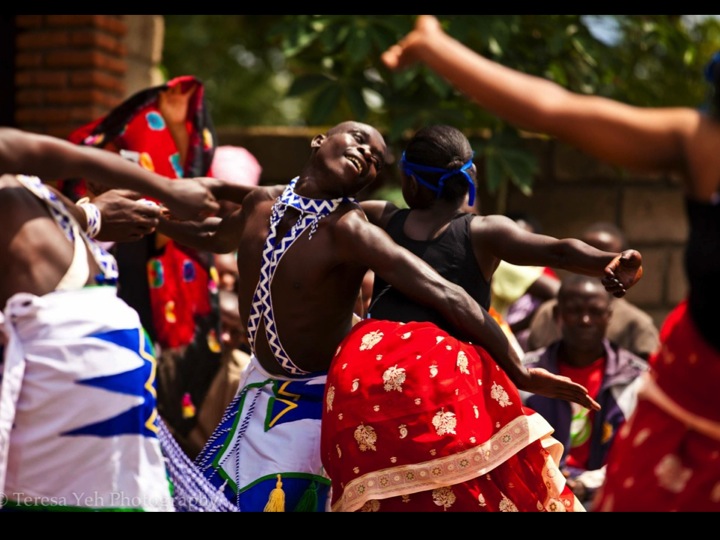

Over three weeks, forty-plus members of the Twa “Amahoro Dance Troupe” received training, costumes and musical instruments to help establish them as professional performers. Amahoro means peace in Kinyarwanda, the Rwandan language. The Troupe gave its first professional performance at the East-Central Africa Arts & Health International Forum in Kigali on May 13th, 2011. For many of the dancers and musicians, the four-hour trip to Kigali was their first ever in a motor vehicle. At the Forum Lily Yeh expressed what we were feeling, ““When we see beauty, we see hope.”
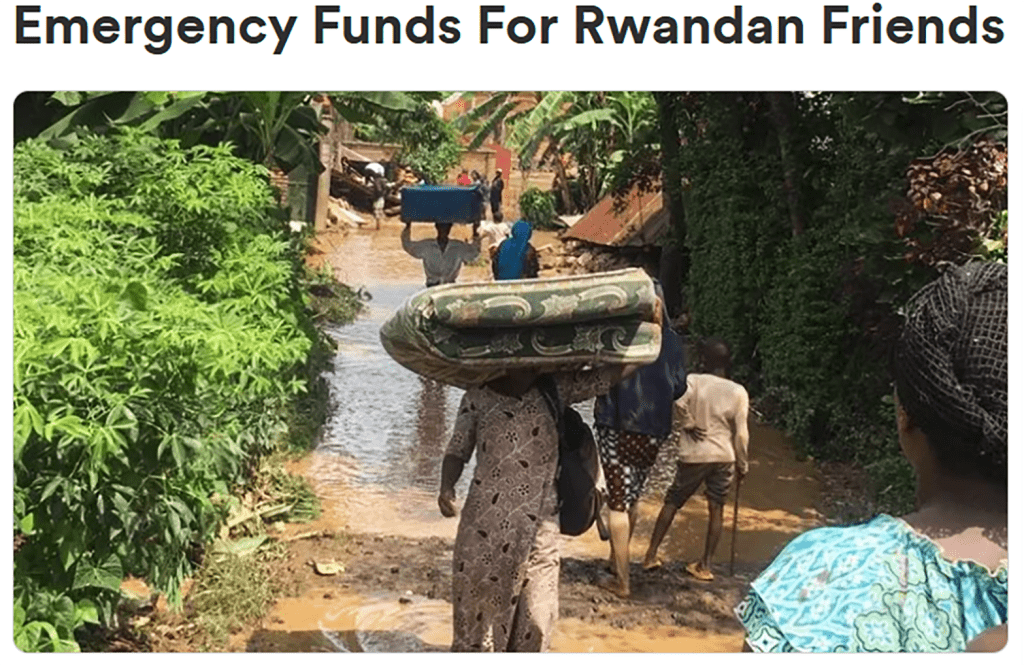

The mattresses in this photo took us right back to Ibrahim and our experience of transporting his new mattress in the opposite direction uphill to his home. Ibrahim and his younger brother had been sleeping on rocks. John and Dorothy purchased a mattress at the local market and transported it Rwanda-fashion to Ibrahim’s home, creating much merriment for witnesses to the transaction.


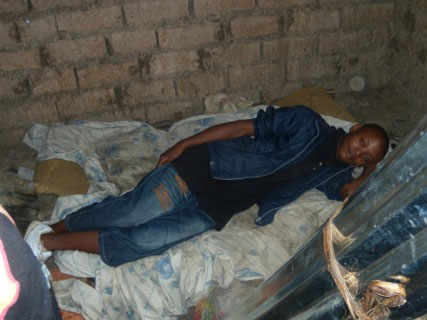

A riff on Lily Yeh’s expression, “Where we see love and community, we see resilience.” Just outside Ibrahim’s home and under the shade of the avocado tree, Ibrahim taught the village men You Are My Sunshine, translating it into Kinyarwanda. https://www.youtube.com/watch?v=teUqBxO-Aig
Notice in the video clip that Ibrahim’s mom Hadijah is in the background breastfeeding openly. In preparation for the rehearsals of the Amahoro dance troupe, we gave massages. Here Dorothy massages the baby of a breastfeeding mother dancer. Exponential oxytocin.
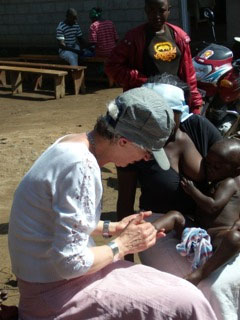

Oxytocin release abounds in Rwanda. Rwanda and neighbouring Burundi have the highest rates of exclusive breastfeeding for a baby’s first six months – 87 and 83 percent respectively. Studies are now emerging that the release of oxytocin through breastfeeding and human touch of all kinds—from petting animals to hugging people and trees—also lowers our carbon footprint. Here Dorothy is hugging Adelphine, who lives in a one room hut with an extended family of children orphaned during the civil war. Adelphine writes a love letter to us after she graduated from hairdressing school in 2018.
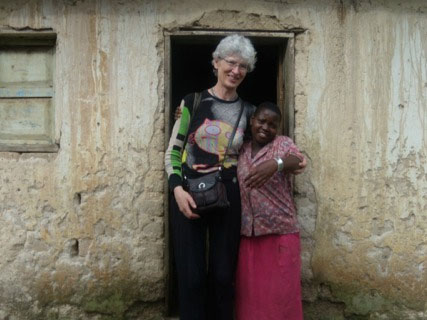

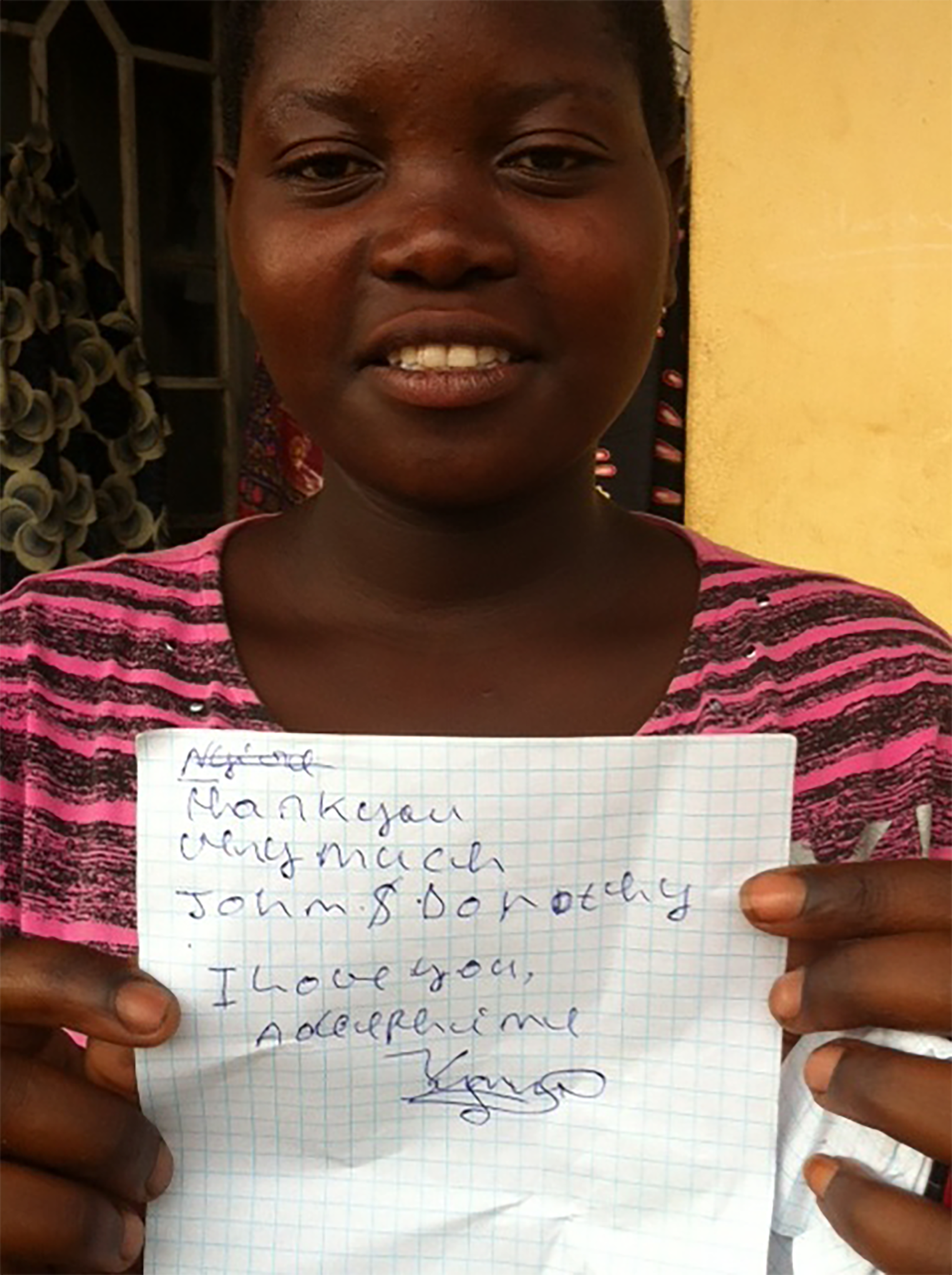

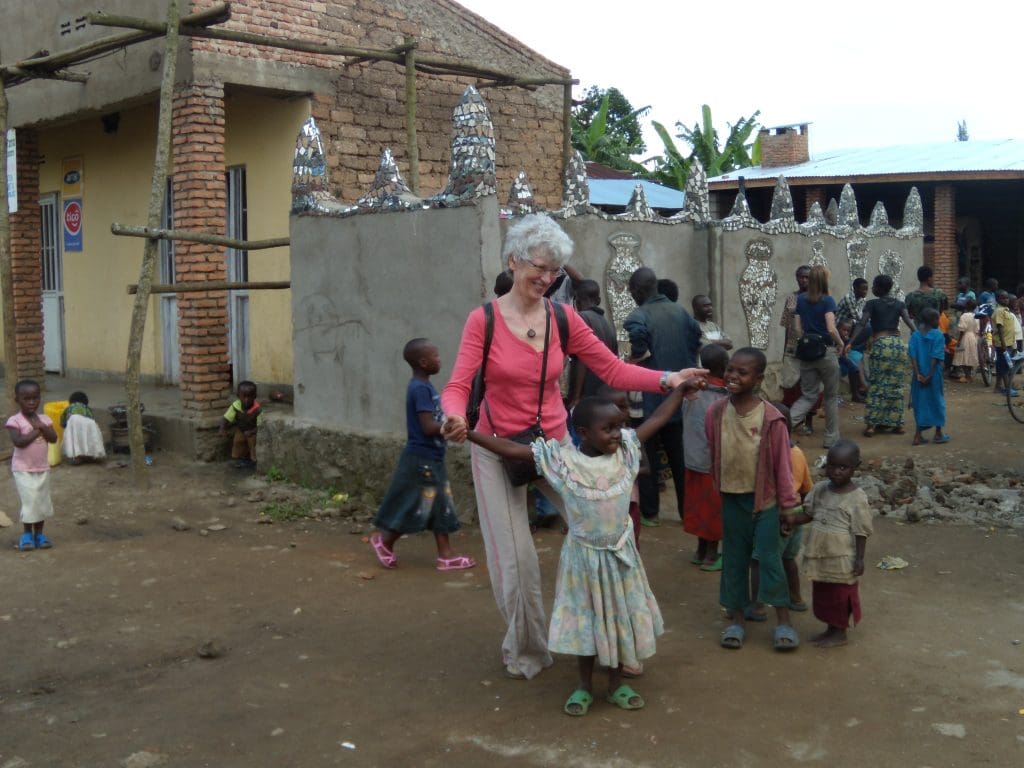

Oxytocin is also released when we make art together— telling stories, dancing and yes, writing love letters. Here Dorothy is dancing with the children at the in-process Art House in the Twa Village.
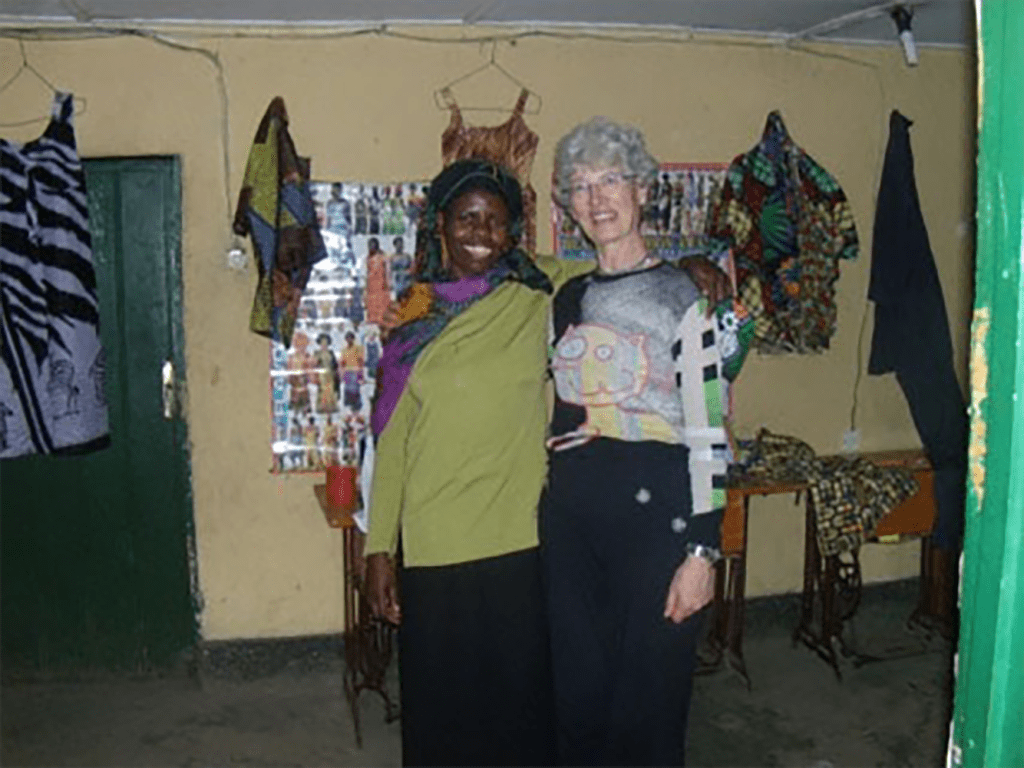

A follow-up request came in 2023 when we learned from Nancy that the 14 seamstresses in the Komero Cooperative had lost their sewing machines and fabrics, stolen through holes in the mud brick walls In 2011, we had met the two seamstresses, Dina and Jeanne, whose houses were flooded. “These jobs mean everything to them. Without them, they likely have no means of support. They have children who are hungry. So are they. It’s life-threatening.”
Photo of Dina and Dorothy in Dina’s shop
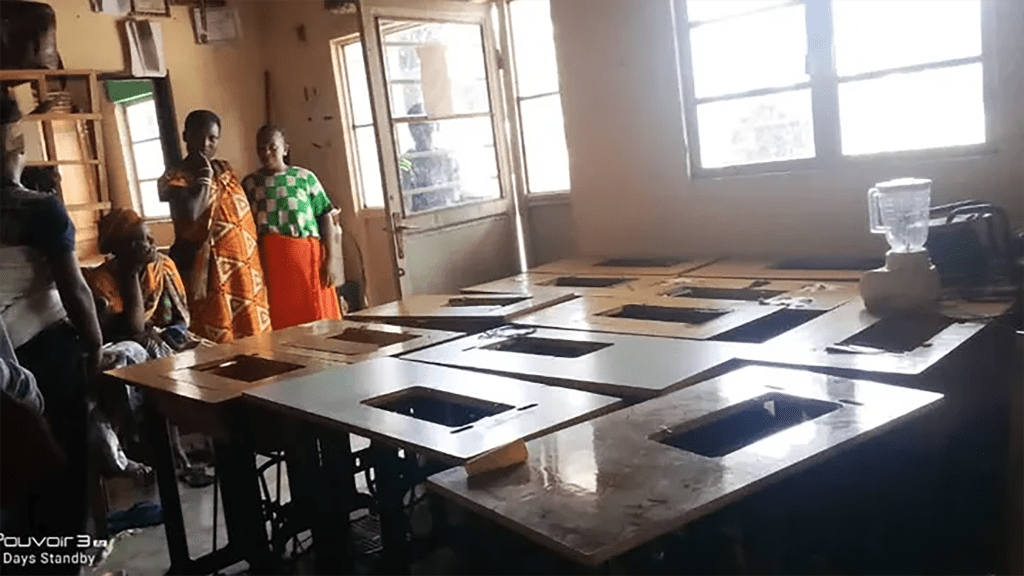

In June 2023, Nancy reported that the GoFundMe Emergency Fund for Rwanda Friends raised $7010. USD. “The first $3,000 went to food and kitchen utensil distribution to our Twa and other extremely impoverished families. Full bellies. Pots and pans to cook the beans and rice in. The second wave of funds, about $4,000, went to help revive Komera Cooperative. The fund also honoured a request from the Principal of Rusamaza Primary School to help 30 children whose houses and school were flooded out. The request was for new underwear, mathematics books and food.
The images of resilience and flourishing posted to the GoFundMe site affirm Nancy’s statement.
Done.
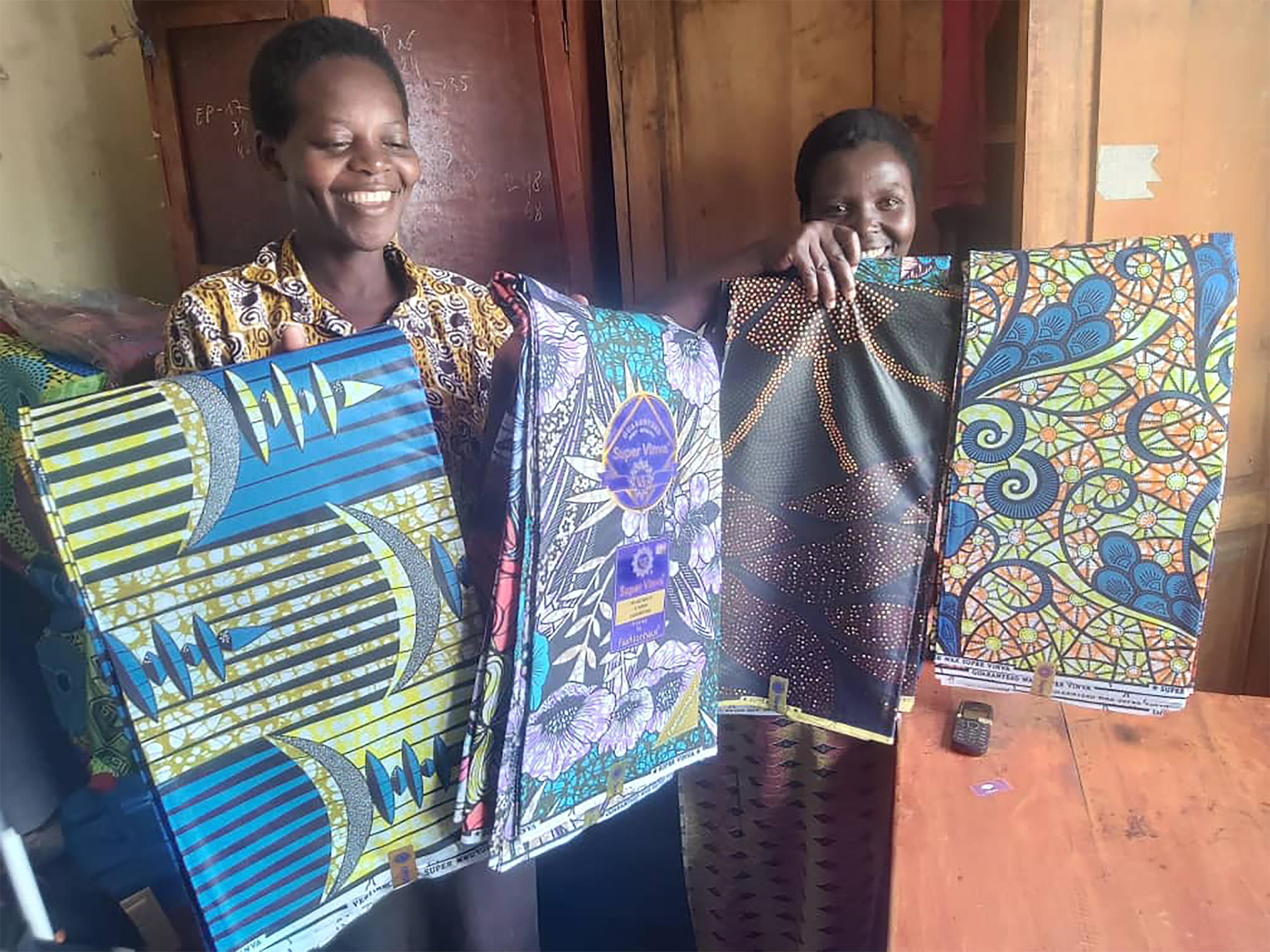

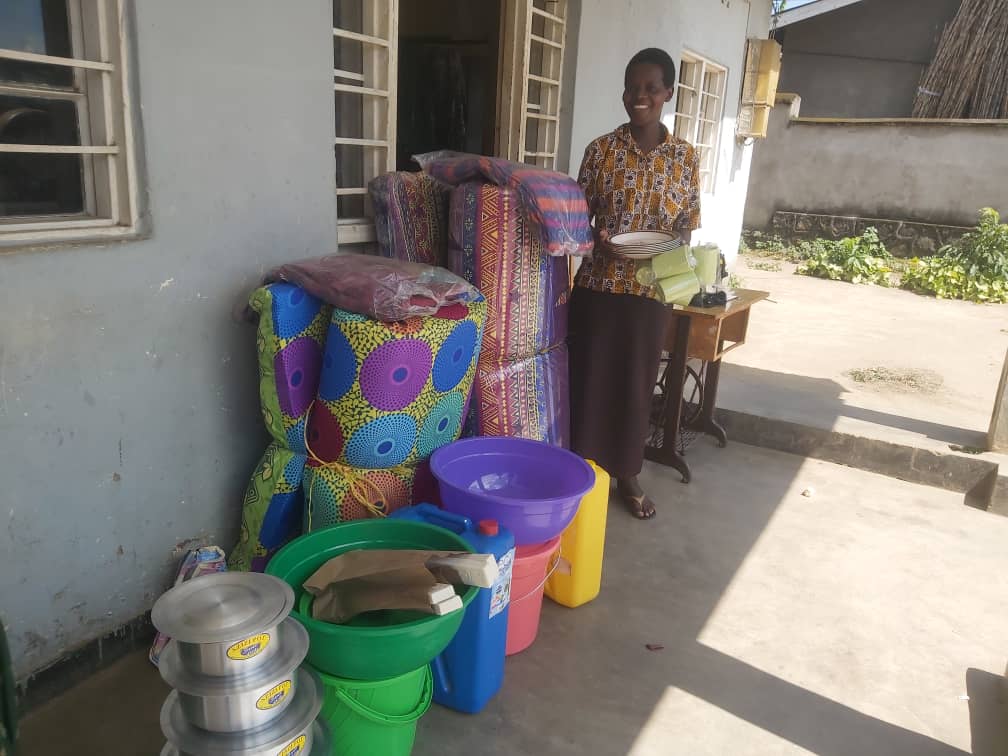

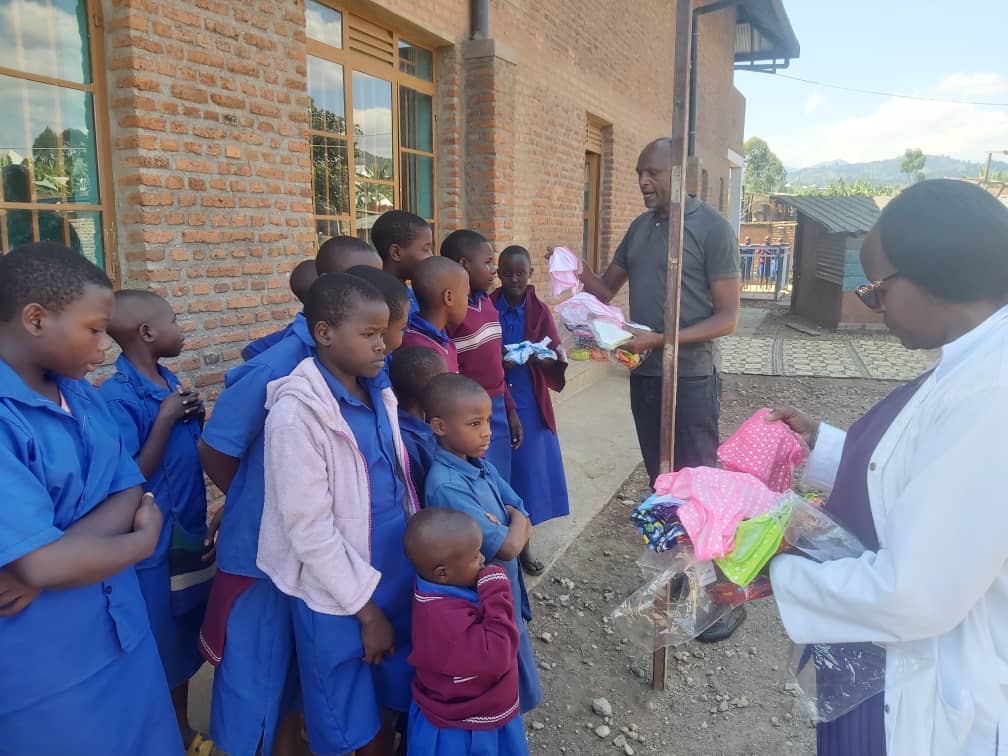

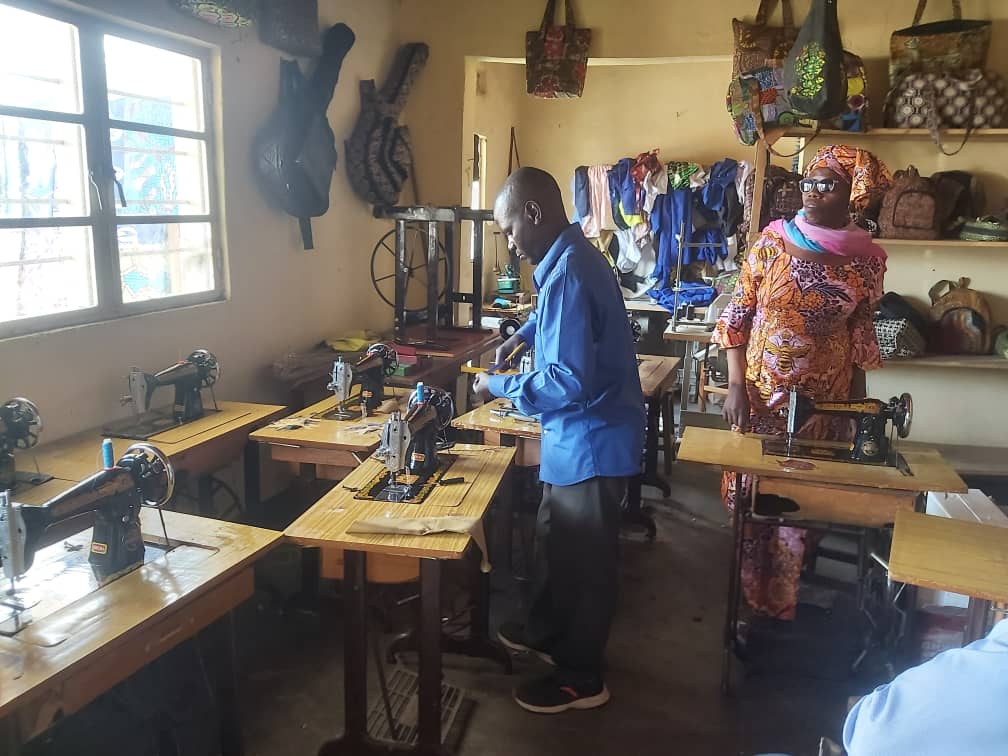

Posted by Dorothy Lander: dorothy@tryhealingarts.ca The talented team at This is Marketing (https://www.thisismarketing.ca/) chose a unique colour palette to illuminate
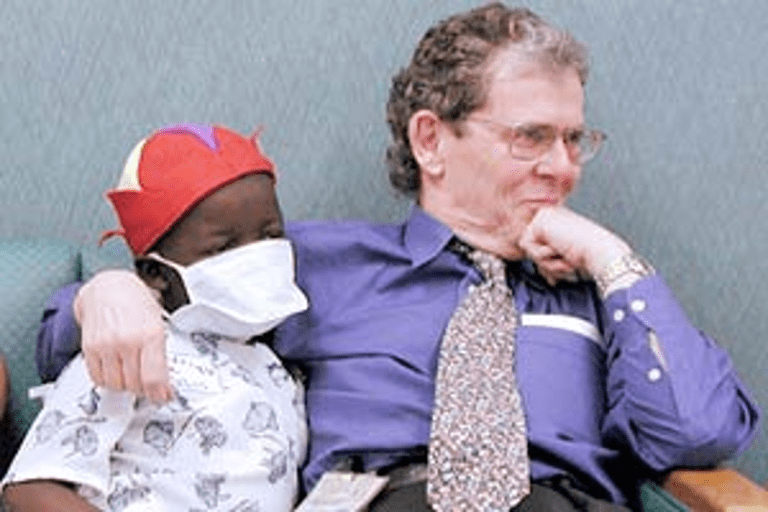

L to R Clockwise: John Graham-Pole aged 2 on Mummy’s knee with sisters Elizabeth, Mary, and Jane, High Bickington, Devon,
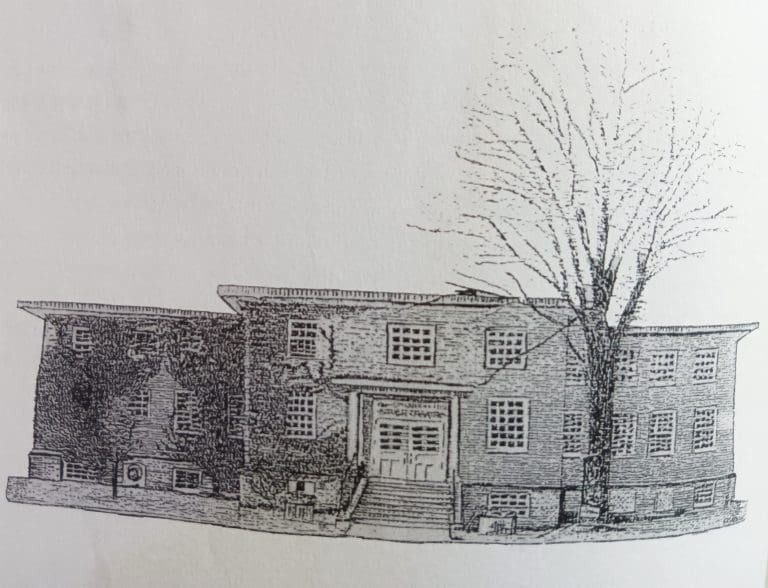

Posted by Dorothy Lander Once a month, John Graham-Pole and I showcase the publications of HARP The People’s Press at
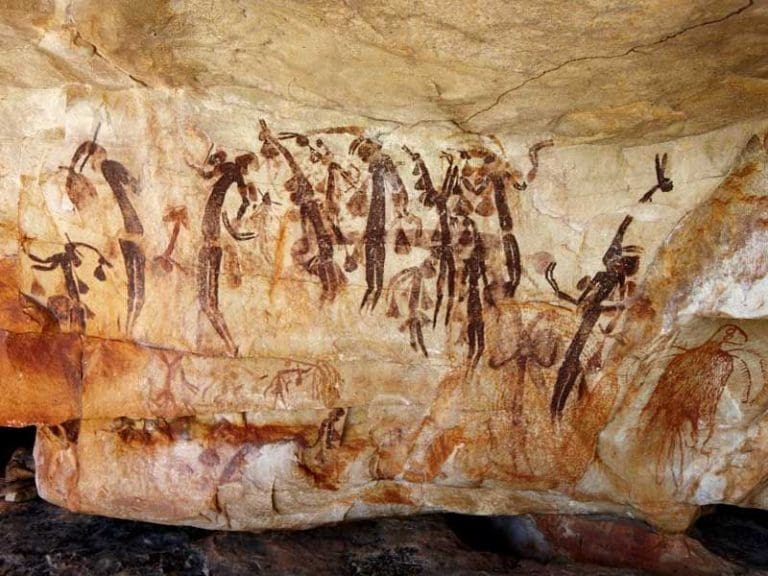

Aboriginal Rock Mural Kimberley Region, Western Australia Posted by John Graham-Pole I don’t have answers to any of these questions,
| Cookie | Duration | Description |
|---|---|---|
| cookielawinfo-checkbox-analytics | 11 months | This cookie is set by GDPR Cookie Consent plugin. The cookie is used to store the user consent for the cookies in the category "Analytics". |
| cookielawinfo-checkbox-functional | 11 months | The cookie is set by GDPR cookie consent to record the user consent for the cookies in the category "Functional". |
| cookielawinfo-checkbox-necessary | 11 months | This cookie is set by GDPR Cookie Consent plugin. The cookies is used to store the user consent for the cookies in the category "Necessary". |
| cookielawinfo-checkbox-others | 11 months | This cookie is set by GDPR Cookie Consent plugin. The cookie is used to store the user consent for the cookies in the category "Other. |
| cookielawinfo-checkbox-performance | 11 months | This cookie is set by GDPR Cookie Consent plugin. The cookie is used to store the user consent for the cookies in the category "Performance". |
| viewed_cookie_policy | 11 months | The cookie is set by the GDPR Cookie Consent plugin and is used to store whether or not user has consented to the use of cookies. It does not store any personal data. |